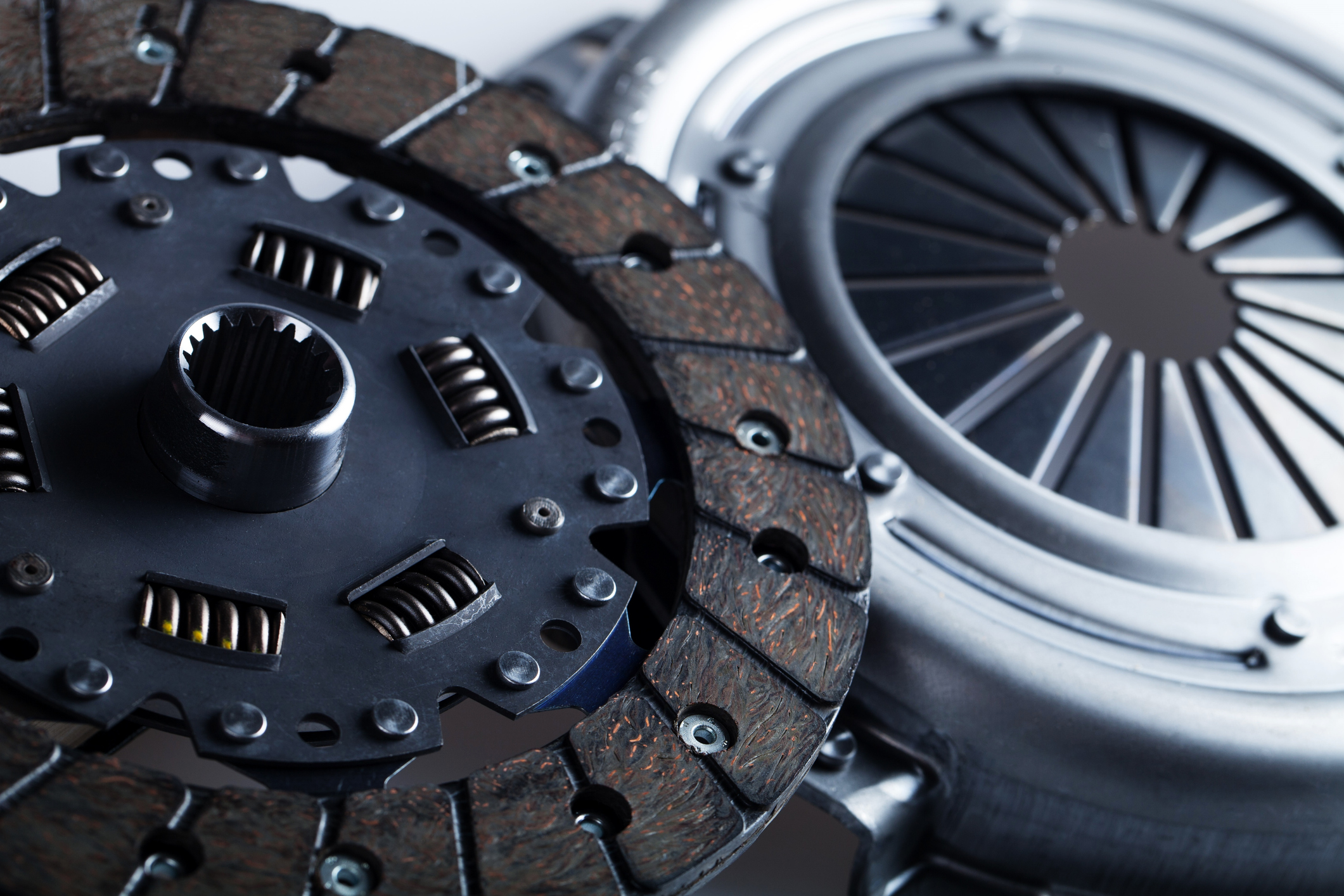Your clutch serves as a link between the engine and the wheels of your car, the slightest problem can quickly have serious consequences on your driving. This is why we explain in this article the signs that should alert you to change your clutch!
What are the signs that my clutch is worn?
The signs that your clutch is worn can vary from vehicle to vehicle, but here are some common signs that can alert you:
- The clutch pedal becomes harder to depress : If you notice that you have to apply more force than usual to depress the clutch pedal, this may indicate clutch wear;
- The clutch pedal is soft or flexible : unlike the first sign, if the clutch pedal becomes softer or flexible, this can also be an indicator of clutch wear. It may seem less resistant and have less tension;
- Difficulty shifting gears : If you are having difficulty shifting gears, especially engaging them in one go smoothly, this may be a sign that your clutch is worn. You may feel resistance or grinding when shifting;
- Clutch slippage : As you accelerate, if you notice the engine speed increasing without the vehicle speed increasing correspondingly, this may indicate clutch slippage . This can happen when the clutch fails to properly transfer power from the engine to the wheels;
- Unusual noises : Grinding, cracking or rubbing noises coming from the clutch area when engaging or disengaging may be signs of clutch wear;
- Jerks when starting : If you experience jerks or jerks when starting, especially on hills, this may indicate clutch wear. You may have difficulty maintaining smooth acceleration when starting;
It is important to note that these signs can also be due to other mechanical issues. If you observe any of these signs, it is recommended that you have your vehicle checked by a qualified professional to accurately diagnose the condition of your clutch.
What are the causes of wear in your clutch?

If your clutch is worn , here is what you can do:
- Have wear assessed : consult an automotive professional, such as a mechanic or garage, to have the level of wear on your clutch assessed. They will be able to perform tests and inspections to determine if the clutch is repairable or needs to be replaced;
- Repair the clutch : if the clutch wear is not too advanced, it may be possible to repair it. Specific components, such as the clutch disc, clutch release mechanism or flywheel, can be replaced individually to return the clutch to working order. Consult a professional for advice on available repair options;
- Replace the clutch : If the clutch is too worn or damaged to repair, it will need to be replaced entirely. This involves replacing the entire clutch kit, including the clutch disc, clutch release bearing and release mechanism. Entrust this task to an experienced professional to ensure correct installation of the new clutch;
- Make an appointment with a mechanic : once you have determined the best solution (repair or replacement), make an appointment with a qualified professional to carry out the intervention. They have the expertise and equipment to get the job done properly.
The clutch should be changed promptly once it shows any sign of fatigue. The longer you wait, the more risk you have of severely damaging your vehicle. You now know all the signs of a faulty clutch , so pay attention to the different signals.